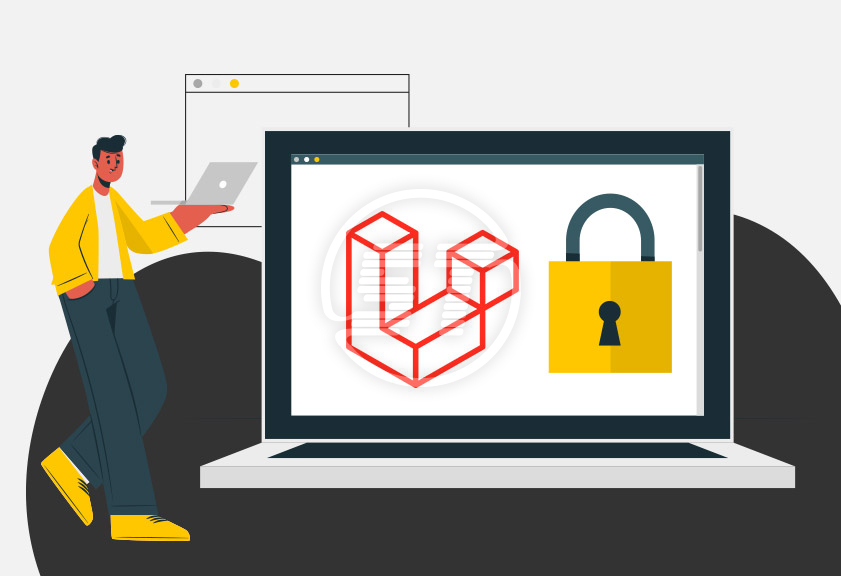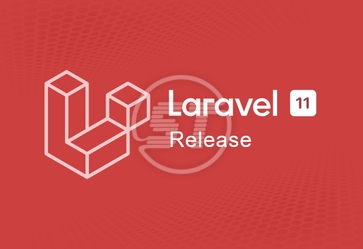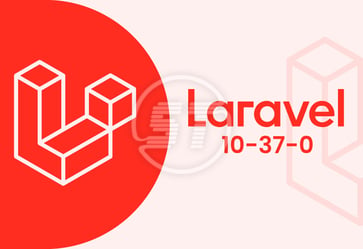Website security is the primary concern of every developer. They work day and night to create a website that can withstand every technical complication and extra load and perform well despite all the chaos. It is a hypothetical situation, which is ideally not possible.
Every website faces downtime due to some error or technical glitches. If the website only has some or other minor technical errors, that is affordable. But be careful about any major or minor technical glitches and try not to leave a single loose patch. It can be the reason for colossal problems with your website.
Hackers look for such loose connections on websites from where they can enter and perform malicious activities on your website. As technology is evolving with time for the betterment of our lives, its dark side is developing too. People use technological advancement to execute nasty activities like cross-site scripting, SQL injections, insecure direct object references, etc. to hack your website. Their intention is to harm the websites badly and ruin your business.
If your website is running on the Laravel PHP framework, you have many Laravel security features to reduce the website’s vulnerability. Let’s discuss them in detail.
A few security problems Laravel developers are facing!
Every Laravel developer concentrates on the security requirements of your website and endeavors accordingly. Despite giving your best, you encounter many issues and resolve them with available tools and features on your Laravel website.
Laravel authentication system
Laravel authentication security makes the entire Laravel framework robust with efficient and standard codes in it. To ensure the overall safety of the website, Laravel uses ‘guards’ and ‘providers’ to evaluate and authenticate the users. Simultaneously, it restores users from the database. A developer configures controllers, databases, and models for a smooth authentication process.
Security vulnerabilities of Laravel and CSRF tokens
Laravel has CSRF tokens to protect the website from hackers or external attackers. The attackers produce invalid requests to get entry into the system (Laravel website), but CSRF tries to protect the system by denying such requests.
When the system gets an AJAX request, the Laravel platform generates a suitable unique token for the request. Laravel security scanner scrutinizes that the previous user session and the second session both have identical requests. If the token doesn’t match, then the Laravel security feature immediately denies the request and protects the website.
Cross-site scripting
Cross-site scripting (XSS) is the easiest way for hackers to attack your website. Through the weakest point of your website, they enter malicious scripts and codes to acquire entry to the website. The XSS attack punctures the text area with JavaScript codes. These extra codes impact the website's performance by reloading every time a user visits that page.
Laravel's native security feature has in-built tools to safeguard the database from such attacks.
SQL injection
If you insert any random and untrusted input into an SQL query, the whole system becomes vulnerable to SQL injection. The SQL injection is one of the myriad types of attacks that hamper a website’s performance. Being a developer, you ought to protect the system from any SQL query changes.
The Eloquent ORM in Laravel offers safety by employing PDO binding, which protects SQL queries from any changes.
Best practices to develop a secure Laravel application
To protect your Laravel website or application from external attackers you should follow some Laravel security best practices and make the custom application safe and attack-proof. Though Laravel security is intense and strong, putting more effort into security measurements will make the PHP framework more secure and reliable.
Use HTTPS
HTTPS instead of HTTP aids in keeping the website safer. HTTP converts the codes to plain texts that give easy access to hackers. Transferring a website or app from HTTP to HTTPS is a cakewalk for a Laravel expert.
Never use raw SQL queries to safeguard the website
Raw SQL queries are also a factor on which many developers rely for website security, other than PDO binding. It is highly recommended that only use such queries that are well-prepared. Laravel security evades input variables by erasing the question mark and inserting the query variable.
Using Laravel purifier to enhance security is a good choice
A Laravel purifier assists in cleaning the codes properly to return an HTML variable from the database to a client. Also, the purifier fixes the issue of missing or omitted and illegal codes.
Escaping content is a way to prevent Cross-script attack
A developer can use double brace syntax inside the blade templates to evade XSS attacks.
If required, invalidate sessions
To handle Laravel website security, managing PHP sessions is crucial. While making some changes (ex. password change), you give an open end to attackers if the session takes too long. It is better to invalidate such sessions and re-start the process as and when required.
Use hashing function to store password
A developer needs to think of password protection as well when creating a Laravel website. Although Laravel has a robust security system, there is no harm in practicing additional security measures.
In Laravel's native form, there is a hash mechanism that provides Argon2 and Bcrypt hashing for security measurements. The strong hashing function protects the important data and all the passwords.
Scan SSL/TLS configuration
To protect your Laravel website, it is highly suggested to scan the website regularly, and if you find any loose connections then patch it immediately. While investigating, focus on SSL/TLS configuration as well to ensure you are not using outdated TLS versions or weak ciphers. Strong security certificates with robust keys are required for the tight security of the Laravel website.
Limit the requests
To resolve the Laravel security issue, one important thing a developer can do is set limits on external requests.
Use security headers
A developer must ensure the optimum security of the Laravel website. How about using security headers? The headers make a website or web application safest and using these headers is easy as well. The security headers are:
X-Frame options – This header protects your website from click-jacking attacks and saves the content from embedding to other sites.
X-XSS-Protection – Saves from XSS attacks.
HSTS – It works with only HTTPS to determine if the site is compatible with an HTTPS request or not.
Content Security Policy – This header prevents the HTML framework from any malicious content. CSP assists in limiting the content loading rules and permits only those users who come from previously used domains.
X-Content-Type-Option – This header is important to eliminate the chances of sniffing the MIME type.
Cookies protection
A developer should create and use encryption or application keys to ensure the cookies are protected and will not harm the Laravel web application or Laravel website. Laravel automatically generates encryption or application key, however, you should change it to a more difficult password.
Other than the above practices, try to update all the plugins and modules to avoid virus and malware threats. Moreover, use a secure server for hosting. Hackers are smarter these days. They know how to unlock the safety lock even after a multi-layered security measure. Thus, don’t give any single loophole to attackers, it will cost you whole website performance and important data.
Best Laravel security packages
Laravel-ACL
This package safeguards controller methods in applications like routes and CRUD and assigns role-based permission for a secured authentication process.
Laravel Security
In Laravel 5 CodeIgniter 3 is used to protect the system. This package shields websites from XSS threats.
Laravel Security Component
This package helps to combine Laravel with Symphony security core.
Wrapping it up
A developer knows that Laravel is one of the easy-to-work platforms with ample tools and features available. It is a robust platform with many in-built security features. Thus, even without external tools and modules, its security is hard to break.
There is a saying that “It takes years to build the reputation and a few minutes of cyber-incident to ruin it.”
Determine your requirements, decide your budget, and hire a professional team of Laravel experts for your website security and maintenance. As a leading Laravel development company, we have an experienced and dedicated team of Laravel developers having years of expertise and technical know-how to handle simple to complex website security for varied industry domains in a defined timeline. Let us help you to add value to your business with our experienced Laravel web development services! If you require any type of Laravel development, maintenance, or support services, please get in touch with us at hello@skynettechnologies.com or submit the following form.


